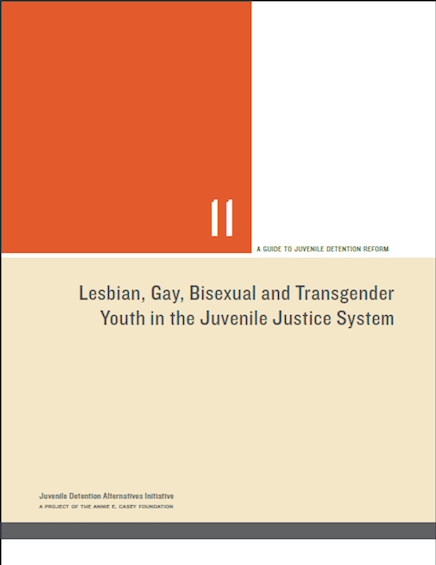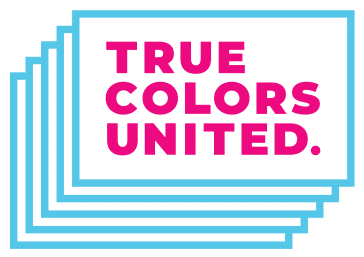 Young people in the juvenile justice system are at a particular high risk of experiencing homelessness, with lesbian, gay, bisexual, and transgender (LGBT) youth being especially vulnerable. While LGBT youth make up about 7% of the general youth population, they account for 20% of young people in the juvenile justice system – a significant discrepancy. Among this population, young people of color are overrepresented and face prejudices within the system based on race, sexual orientation, and gender identity.
Young people in the juvenile justice system are at a particular high risk of experiencing homelessness, with lesbian, gay, bisexual, and transgender (LGBT) youth being especially vulnerable. While LGBT youth make up about 7% of the general youth population, they account for 20% of young people in the juvenile justice system – a significant discrepancy. Among this population, young people of color are overrepresented and face prejudices within the system based on race, sexual orientation, and gender identity.
Youth in the juvenile justice system shouldn’t find themselves on a path to homelessness, but on one to a brighter future. With that being said, we’re excited to share a new practice guide from the Annie E. Casey Foundation to assist juvenile justice facilities in advancing the health and safety of LGBT youth!
Lesbian, Gay, Bisexual and Transgender Youth in the Juvenile Justice System offers a holistic look at the experiences of LGBT young people in the juvenile justice system, while suggesting a range best practices to meet their needs, by:
- Offering up-to-date, accurate, and easily accessible information about sexual orientation, gender identity, and gender expression.
- Highlighting and reviewing research on the ways family rejection and social stigma and bias affects the health and well-being of LGBT youth, the factors that contribute to their disproportionate contact with the justice system, and the damaging practices to which they are subjected in the system
- Recommending policies and procedures to prohibit discrimination, prevent harm, and promote the health and wellness of LGBT youth who are involved in the juvenile justice system
- Recommending policies and practices to meet the legal and professional standards governing the detention of LGBT youth
Read and download the full guide here.
